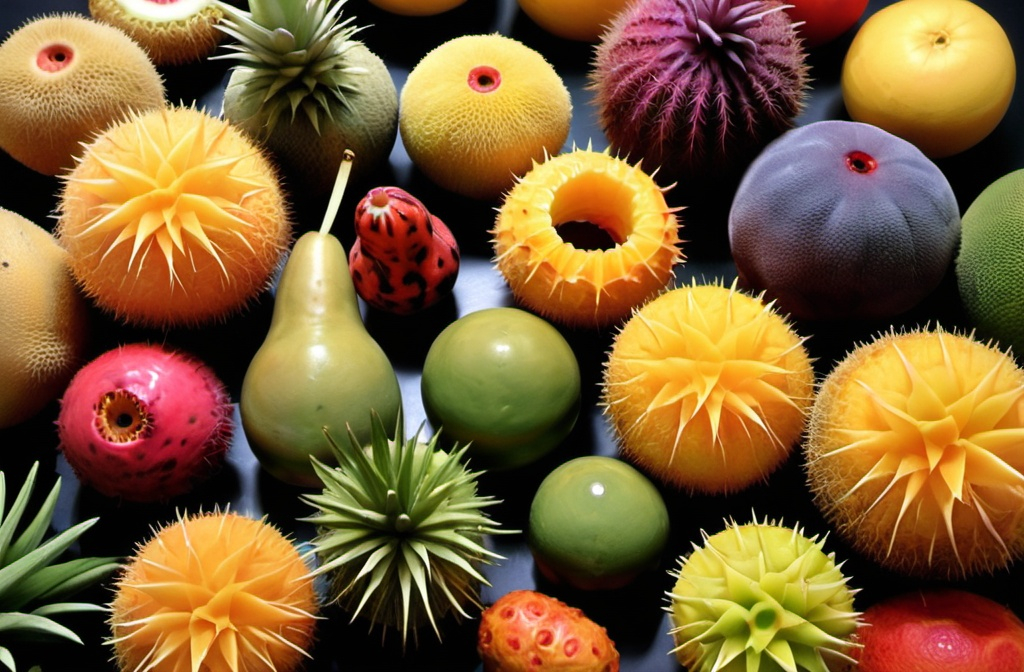Managing colitis involves a careful approach to diet, as certain foods can trigger symptoms while others can help reduce inflammation and ease digestive discomfort. Finding the right balance is crucial for minimizing flare-ups and improving overall gut health. This guide will cover what to eat and avoid if you have colitis, with insights backed by experts and healthcare sources.

Understanding Colitis and Dietary Impact
Colitis is a condition characterized by inflammation of the colon, often causing symptoms like abdominal pain, diarrhea, and fatigue. While there’s no one-size-fits-all diet, certain foods can exacerbate symptoms, while others may help manage them. Each individual may respond differently to foods, so working with a healthcare provider to tailor a diet plan is recommended.
For more detailed guidance on diet and colitis, visit the Crohn’s & Colitis Foundation.
Foods to Eat with Colitis
When managing colitis, it’s helpful to focus on anti-inflammatory, nutrient-dense foods that are gentle on the digestive system. Here are some recommended foods:
- **Lean Proteins:** Options like chicken, turkey, and fish are easier to digest and provide essential nutrients without adding strain to the colon.
- **Low-Fiber Vegetables:** Cooked, non-cruciferous vegetables like carrots, zucchini, and squash are gentle on the gut and provide vitamins and minerals.
- **Probiotic-Rich Foods:** Yogurt with live cultures and kefir can support a healthy gut microbiome, which is beneficial for managing colitis symptoms.
- **Smooth Nut Butters:** Peanut butter and almond butter are good sources of protein and healthy fats, but choose smooth varieties to reduce digestive strain.
- **Refined Grains:** White rice, pasta, and sourdough bread are easier to digest compared to whole grains, making them a safer choice during flare-ups.
For more food recommendations, see the Healthline guide on ulcerative colitis diet.
Anti-Inflammatory Foods for Colitis
Inflammation is a major concern for those with colitis, making an anti-inflammatory diet beneficial. Here are some anti-inflammatory foods that may help reduce symptoms:
- **Olive Oil:** Rich in monounsaturated fats, olive oil is a heart-healthy choice that may help reduce inflammation.
- **Salmon and Other Fatty Fish:** High in omega-3 fatty acids, fatty fish are known to have anti-inflammatory properties.
- **Ginger and Turmeric:** These spices have natural anti-inflammatory benefits and can be added to meals for flavor and health.
For more on anti-inflammatory foods, visit Johns Hopkins Medicine’s guide to an anti-inflammatory diet.
Foods to Avoid with Colitis
Certain foods can trigger symptoms in individuals with colitis, especially during flare-ups. Here’s a list of foods commonly associated with worsening symptoms:
- **High-Fiber Foods:** Whole grains, raw vegetables, and certain fruits (like apples and berries) can be difficult to digest and may irritate the colon.
- **Dairy Products:** For those with lactose intolerance, dairy products can exacerbate symptoms. Consider lactose-free or plant-based options.
- **Spicy Foods:** Spices like chili, cayenne, and black pepper may trigger pain and irritation.
- **Caffeine and Alcohol:** Both caffeine and alcohol can stimulate the intestines, leading to discomfort and flare-ups.
- **Carbonated Drinks:** Sodas and other fizzy drinks can cause bloating and gas, which may aggravate colitis symptoms.
Avoiding these foods during flare-ups can help minimize discomfort. For additional information on foods to avoid, refer to Verywell Health’s colitis diet guide.
How to Manage Flare-Ups with Diet
During a colitis flare-up, diet can play a crucial role in symptom management. Consider these tips to help soothe the digestive system:
- **Stick to Low-Fiber Foods:** Choose soft, low-fiber foods like white rice, applesauce, and steamed vegetables to reduce irritation.
- **Eat Smaller, Frequent Meals:** Smaller meals are easier to digest and may reduce the load on the digestive system.
- **Stay Hydrated:** Diarrhea and inflammation can lead to dehydration. Drink water, clear broths, and electrolyte solutions to stay hydrated.
- **Avoid Raw Foods:** Opt for cooked or blended fruits and vegetables, as these are easier on the colon.
For more detailed advice on managing a colitis flare-up, consult NHS’s guide on living with colitis.
Creating a Personalized Colitis Diet Plan
Colitis affects everyone differently, so it’s important to create a diet plan that suits your specific needs. Here’s how to get started:
- **Track Your Symptoms:** Keep a food diary to monitor which foods trigger symptoms and which ones improve digestion.
- **Work with a Dietitian:** A dietitian can help you create a meal plan tailored to your nutritional needs and symptom triggers.
- **Experiment with Food Preparation:** Try cooking methods like steaming, baking, and blending to make foods easier on your digestive system.
For further guidance on creating a colitis-friendly diet, explore the Crohn’s & Colitis Foundation’s dietary advice.
Foods to Reintroduce Carefully After a Flare-Up
After a flare-up subsides, it’s often possible to reintroduce certain foods gradually. Here’s how to approach reintroducing foods safely:
- **Start with Simple Carbohydrates:** White rice, pasta, and oatmeal are generally well-tolerated and easy to digest.
- **Introduce One Food at a Time:** To identify potential triggers, reintroduce one food at a time and monitor for any symptoms.
- **Add Low-Fiber Fruits and Vegetables:** Start with well-cooked vegetables and peeled fruits to minimize fiber content.
This gradual reintroduction can help you identify trigger foods and build a balanced diet post-flare-up. For additional advice, see the Healthline ulcerative colitis diet plan.
Sample Meal Plan for Colitis Management
Here’s a sample meal plan designed to support colitis management. Remember, individual tolerance can vary, so adjust as needed:
- **Breakfast:** Smooth oatmeal with a dash of honey and mashed bananas.
- **Lunch:** Baked chicken breast with mashed potatoes and steamed carrots.
- **Snack:** Plain yogurt with a small amount of smooth almond butter.
- **Dinner:** Grilled salmon with white rice and steamed zucchini.
- **Hydration:** Water, herbal teas, and electrolyte drinks throughout the day.
For additional meal ideas and recipes, visit Healthline’s diet plan for colitis.
Conclusion: Building a Diet That Works for You
Managing colitis through diet requires careful attention to food choices, meal timing, and symptom tracking. While certain foods can worsen symptoms, others may help soothe inflammation and support gut health. By focusing on anti-inflammatory foods, low-fiber options, and a personalized meal plan, you can improve your quality of life and potentially reduce flare-ups.
For more resources and tips, explore the comprehensive guides available through the Crohn’s & Colitis Foundation and the NHS. By understanding your body’s unique responses and working with healthcare professionals, you can build a diet that supports your health and reduces the burden of colitis symptoms over time.
Managing colitis through diet may take time, but with a structured approach, patience, and guidance, it’s possible to enjoy a balanced and nutritious diet that keeps discomfort at bay.




